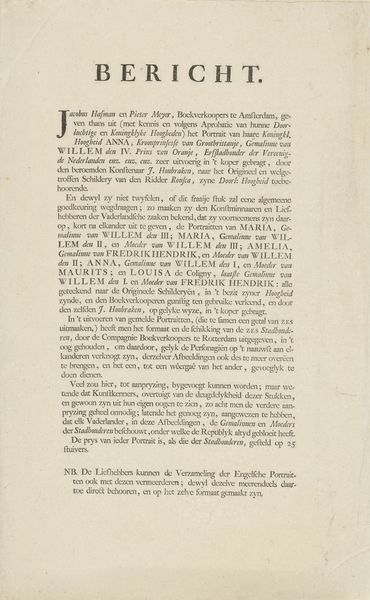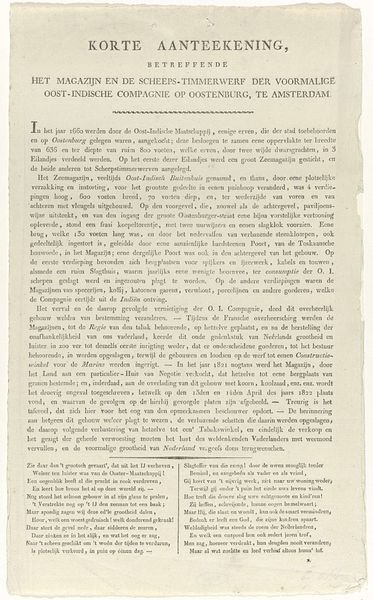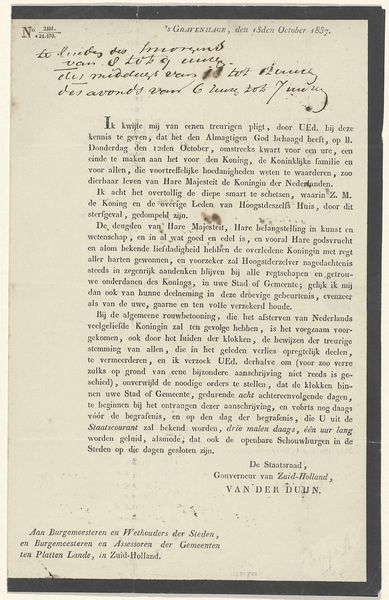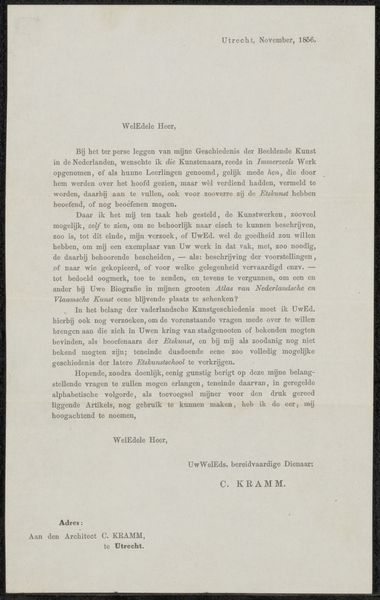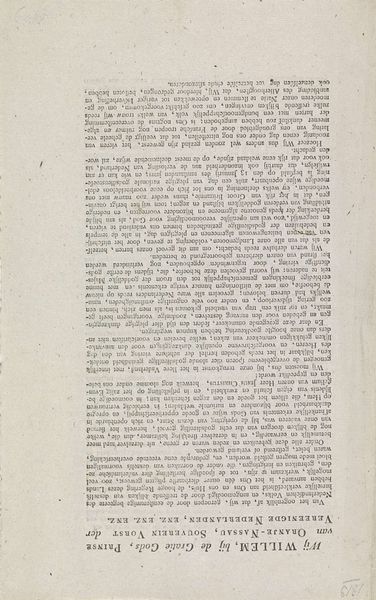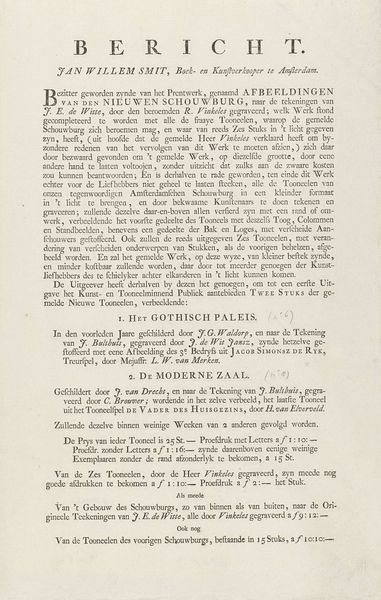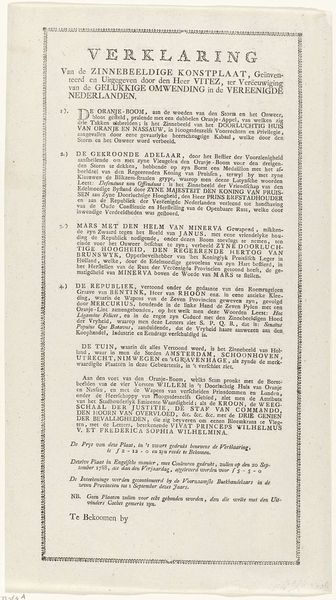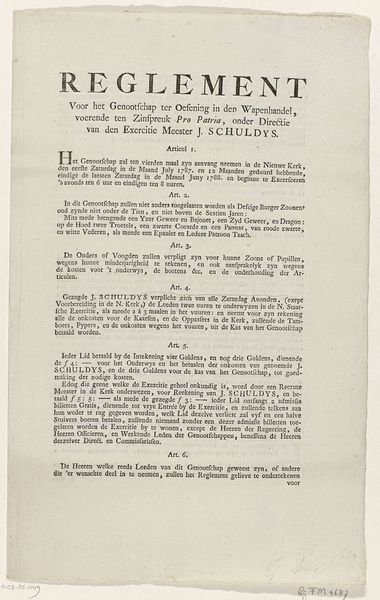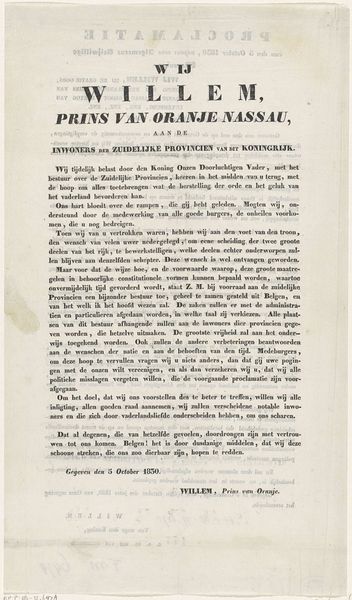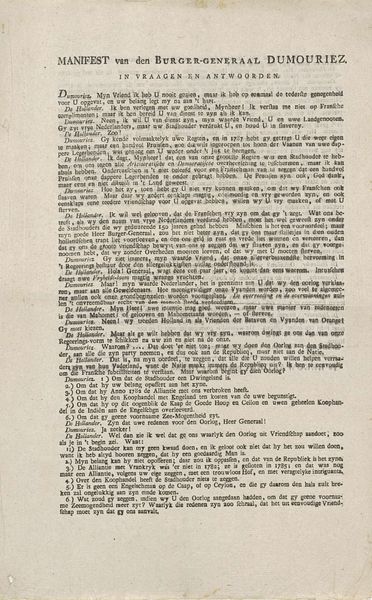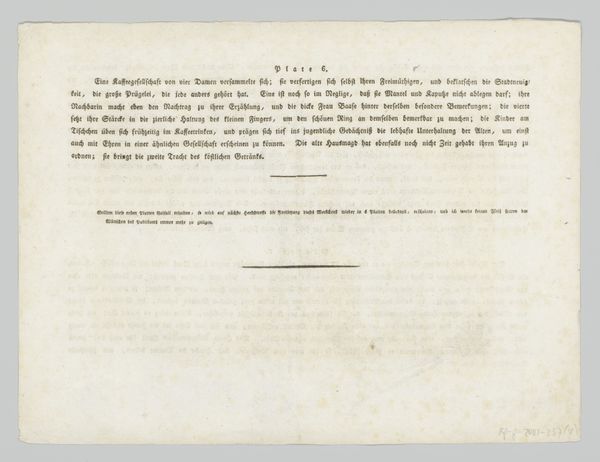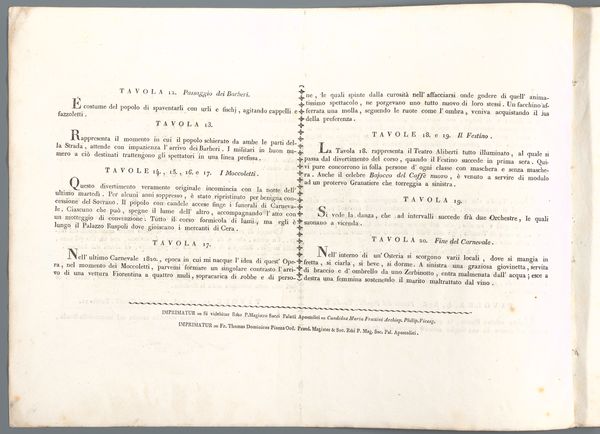
graphic-art, print, etching, poster, engraving
#
portrait
#
graphic-art
#
neoclacissism
# print
#
etching
#
text
#
history-painting
#
poster
#
engraving
Dimensions: height 230 mm, width 190 mm
Copyright: Rijks Museum: Open Domain
Editor: So, here we have "Announcement of a Print in Memory of Prince Willem V, 1806," a print—an etching, I believe—by Johannes de Vletter. It's basically an advertisement, but the text feels quite somber. How do you interpret the public announcement of grief like this in printed form? Curator: That's an insightful starting point. Remember, 1806 was a time of tremendous upheaval in the Netherlands. The Batavian Republic was teetering under French influence. Consider how this announcement, published by Vletter, tries to negotiate a complicated political landscape, in which commemorating the deceased Prince could be read in several ways. Who do you think this announcement primarily seeks to engage with and appeal to? Editor: Well, it’s addressed to “My Lord,” so presumably wealthier patrons. But wouldn’t openly mourning Prince Willem V have been a politically charged act then? Wouldn’t such public displays risk offending the new authorities? Curator: Exactly! And that’s why the text is so carefully worded. The announcement isn’t just selling a print; it's selling a particular interpretation of history, wrapped up in neoclassical imagery – a weeping maiden, a broken sword. The classicism offers a veneer of historical gravitas, but whose history is being validated? Is this a sign of political resistance, or a clever strategy to gain patronage by subtly tapping into nostalgia for the old order? Think about the museum’s role – why do we display it now, centuries later? Editor: That reframing really highlights the power of public art to shape collective memory. It is more than just remembering Willem V; it is about galvanizing support among people through a specific printed narrative, too. Curator: Precisely. It showcases the complex interplay between art, commerce, and political maneuvering, and our responsibilities as institutions presenting historical work in a contemporary environment. What do we want our viewers to consider about the image’s complicated sociopolitical origins, when presenting something like this for contemporary consumption?
Comments
No comments
Be the first to comment and join the conversation on the ultimate creative platform.

